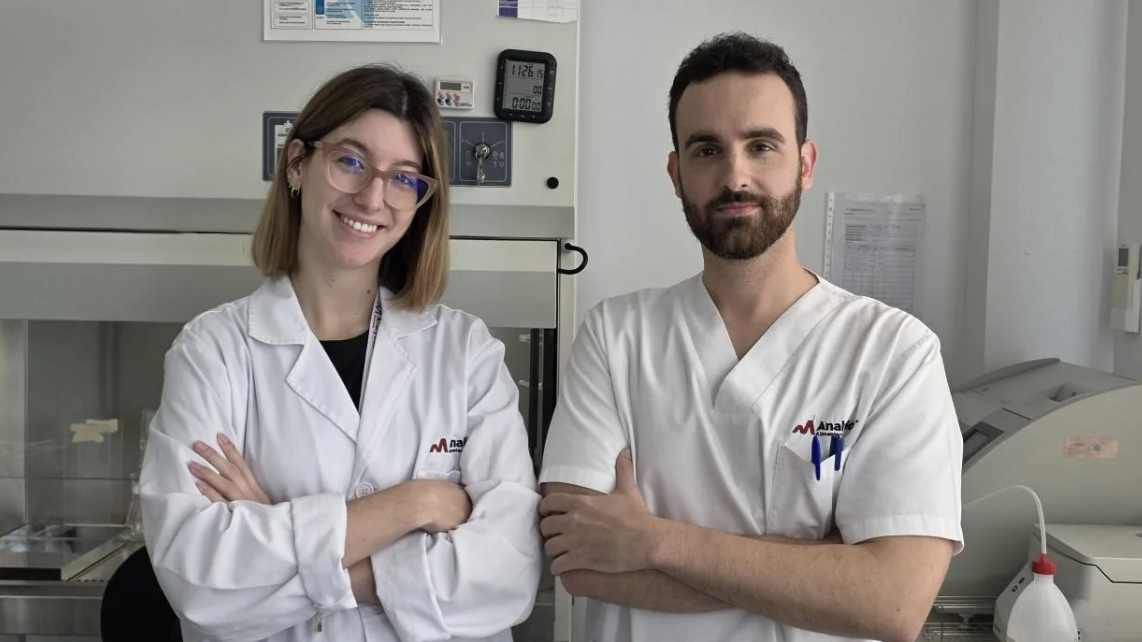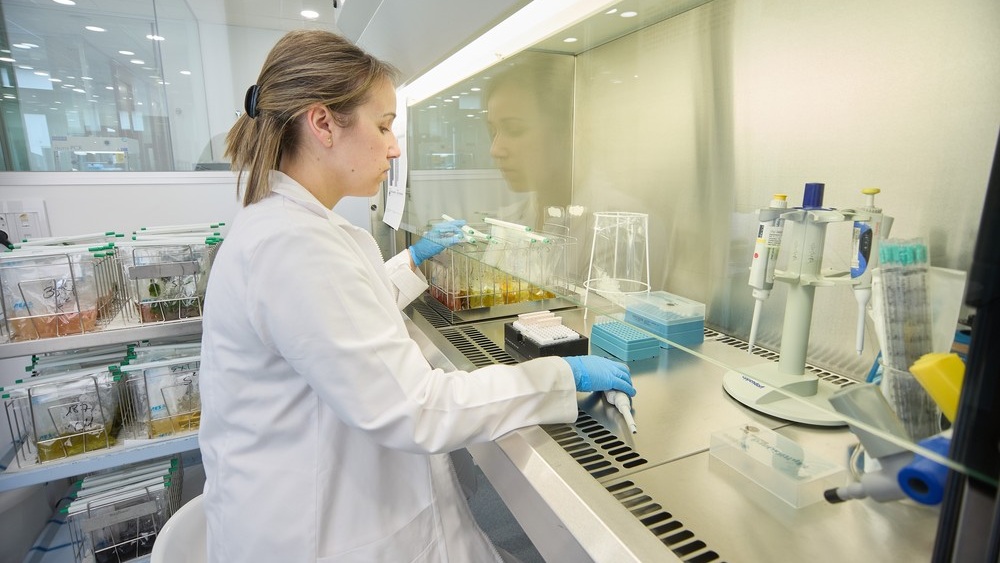Measurements
GMOs ? Analytica Alimentaria commitment to the consumer
The food-products we currently consume is in constant evolution. There is a great variety of food-products on the market, which didn?t even exist a few years ago. Since food is supposed to be available throughout the whole year, it became necessary to create new crops, which are resistant to both adverse weather conditions as well as pests and diseases. And, at the same time, food must nowadays fulfil the requirements of nutritional quality. This was the moment when genetic improvement came onto the stage, based upon the creation of high genetic variability with the aim of selecting the specific organism with the desired characteristic. Combining this with advanced technologies, it was made possible to genetically identify these characteristics, in view of obtaining new, customised varieties by means of natural recombination. In conjunction with biotechnological tools and thanks to genetic engineering it became possible to precisely transfer a specific characteristic of one species to another species, developing so-called Genetically Modified Organisms (GMOs) as a result.
07 May, 2020
The food-products we currently consume is in constant evolution. There is a great variety of food-products on the market, which didnt even exist a few years ago. Since food is supposed to be available throughout the whole year, it became necessary to create new crops, which are resistant to both adverse weather conditions as well as pests and diseases. And, at the same time, food must nowadays fulfil the requirements of nutritional quality. This was the moment when genetic improvement came onto the stage, based upon the creation of high genetic variability with the aim of selecting the specific organism with the desired characteristic. Combining this with advanced technologies, it was made possible to genetically identify these characteristics, in view of obtaining new, customised varieties by means of natural recombination. In conjunction with biotechnological tools and thanks to genetic engineering it became possible to precisely transfer a specific characteristic of one species to another species, developing so-called Genetically Modified Organisms (GMOs) as a result. In 1983 the first non-commercial transgenic tobacco plants were created in the Netherlands. Later on, in 1994, the FDA approved the cultivation and marketing of the first genetically modified foodstuff, the FLAVR SAVR tomato, by modifying the plant in a way to slow down the softening of the fruit during the maturation process and increase its economic lifetime. Genetically modified foodNowadays the wide range of food supply includes so-called genetically modified foods, containing GMOs, or produced on GMO-basis. There are different rules for the correct labelling of food products and feeding stuff containing GMOs. A threshold value of 0.9 % of these organisms in relation to the total content is accepted, according to Regulation No 1829/2003 (EC) on genetically modified food and feed. This Regulation describes the procedures for the authorisation and control of GMO food and feed. In addition, Regulation No 834/2007 (EC) establishes that GMOs and products obtained from or by GMOs may not be used in organic production, which means an extension of the restriction. Analyticas commitmentWe want to facilitate our customers the compliance of these European regulations. Thus, the Microbiology and Molecular Biology department of ANALYTICA ALIMENTARIA offers a service of GMO-analyses on food matrices, both for human and animal consumption. These analyses are carried out with the help of the real-time PCR technique, by duplicating and analysing specific DNA sequences in a sensitive, fast and reliable way. Our procedure consists of performing a first qualitative screening, in order to detect the presence or absence of GMOs. In case of a positive result, we offer the possibility to perform a quantitative analysis up to a quantification limit of 0.1 %. Thanks to these analyses, consumers can feel safe and rely on the fact that foodstuffs are produced according to food-safety regulations and that food safety prevails at all times. Referenceshttp://www.aecosan.msssi.gob.es/AECOSAN/web/para_el_consumidor/ampliacion/omgs.htmhttps://eur-lex.europa.eu/legal-content/ES/TXT/PDF/?uri=CELEX:32003R1829&from=EShttps://www.accessdata.fda.gov/scripts/fdcc/?set=Biocon












